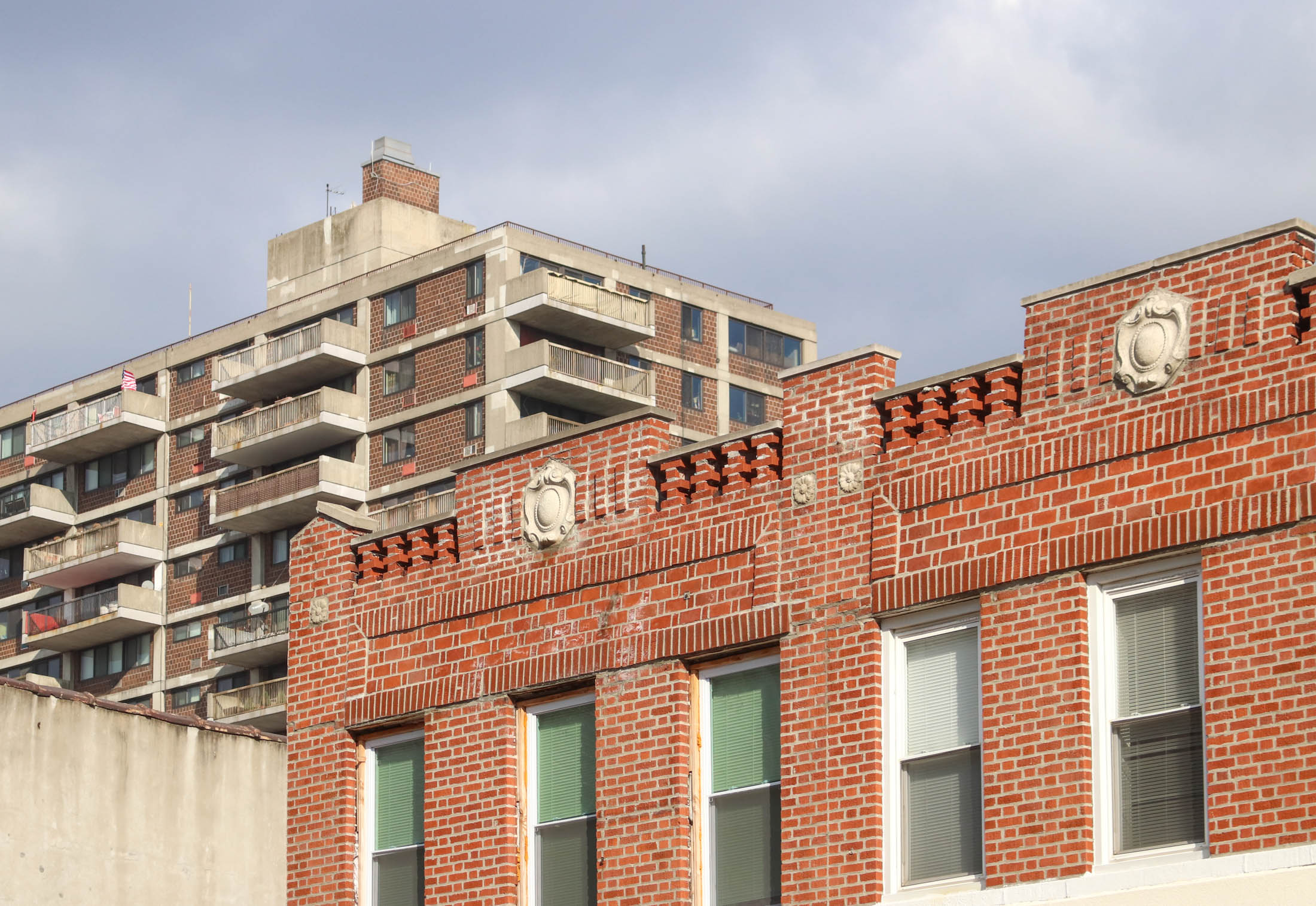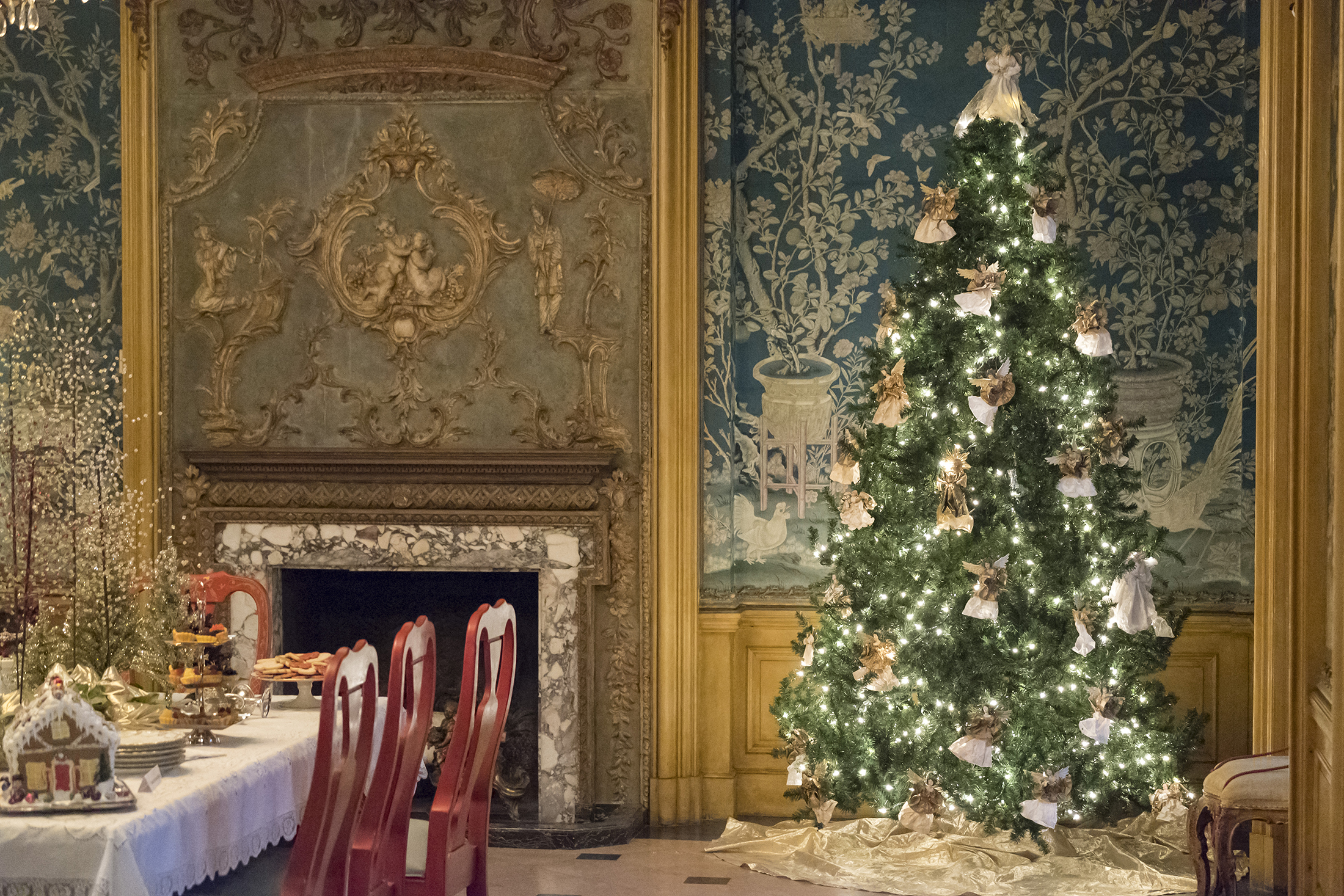The Hot Seat: Damon Strub
Introducing Brownstoner’s new weekly interview series, The Hot Seat, in which we’ll be talking to folks who work in Brooklyn real estate, development, architecture, and the like. First up is Damon Strub, the founder of Nomad Architecture. The firm specializes in sustainable design and the renovation and adaptive reuse of existing structures. They are currently…

 Introducing Brownstoner’s new weekly interview series, The Hot Seat, in which we’ll be talking to folks who work in Brooklyn real estate, development, architecture, and the like. First up is Damon Strub, the founder of Nomad Architecture. The firm specializes in sustainable design and the renovation and adaptive reuse of existing structures. They are currently working on the renovation of 365 Jay Street, among other Brooklyn-based projects.
Introducing Brownstoner’s new weekly interview series, The Hot Seat, in which we’ll be talking to folks who work in Brooklyn real estate, development, architecture, and the like. First up is Damon Strub, the founder of Nomad Architecture. The firm specializes in sustainable design and the renovation and adaptive reuse of existing structures. They are currently working on the renovation of 365 Jay Street, among other Brooklyn-based projects.
Brownstoner: What neighborhood do you live in, and how’d you end up there?
Damon Strub: We moved from Lefferts Gardens to Murray Hill in Manhattan about 3 years ago. My wife’s office and my son’s school were there and I was out-voted.
BS: How’d you get started in architecture?
DS: When I was about 8, my mom signed me up for the Big Brothers program. My big brother, Richard Taylor, was an architect and a big influence on me. By the time I was 10, my destiny was set. I started working in his office in 1976, while still in high school and have been at it ever since.
BS: You’re currently in the beginning process of a rehab on 365 Jay. Can you speak a little on rehabbing a landmark and working with the LPC?
DS: We specialize in the restoration and rehabilitation of existing structures in large part because we most enjoy that type of work. I find the forensics fascinating, discovering hidden clues to how the building was originally built and figuring out the history of (often crazy) alterations. Renovation and accommodation of existing conditions allows an aesthetic that is more eclectic and improvised, not so rigid. It’s also very exciting to be able to work with the quality materials and the level of craftsmanship one finds in many historic structures. For 365 Jay Street, working with the LPC has been very beneficial. Without the landmark designation and LPC’s enforcement, it is very unlikely that HPD would have been able to afford the level of renovation that the building deserves. In the end, 365 Jay will look almost identical to its original 1890 appearance, carved brownstone arch and all. We presented a thorough renovation at the LPC commission hearing. They asked us only to make a few minor adjustments, adding prismatic glass to match original at the fire truck entrance doors, for example. So it was pretty smooth sailing.
Click through for details on all the Brooklyn projects Nomad is currently working on, and more…
BS: What projects are you working on in Brooklyn now?
DS: Currently, our four main Brooklyn projects are:
-Renovations to the former Brooklyn Fire Department Headquarters at 365 Jay St to provide 18 units of affordable housing for the Pratt Area Community Council.
-Renovation of the former Greenpoint Hospital Outpatient Clinic in East Williamsburg to create the Greenpoint Renaissance Center for St. Nicks Alliance, a community development corporation.
-Renovation of 270 Pulaski Street in Bedford Stuyvesant for St. Nicks Alliance.
-A 500 sq. ft. rear yard addition to a wood framed single family row house at 212 18th street in Park Slope. (We designed an addition to 210 18th a few years ago. It’s interesting to do two projects side by side)

Greenpoint Renaissance Center
270 Pulaski St. is a 66 unit, HUD sponsored affordable housing project constructed in 1974. It has pretty poor energy performance, looks like an East German prison and is more or less worn out after 37 years of use. We find this a very exciting challenge. And if we can figure it out here, there are many more buildings around Brooklyn in similar need.

270 Pulaski
BS: You also work on architecture for affordable housing developments. Are there limitations to designing affordable housing? If so, how do you look past those limitations to improve the design and living space of affordable housing complexes?
DS: Well shortage of funds is probably the main limitation. The funding agencies justifiably spread their very tight resources as thin as possible. It takes some creativity to prioritize within the budget constraints. And multi-family housing in New York State is still governed in part by the requirements of the Multiple Dwelling Code. It was written back in the 1930s and is quite antiquated. I think it still has a chapter on back yard privies. Housing development (affordable or otherwise) would benefit from a modern rewrite of that code. In terms of design, sometimes a bit of funding constraint can be a good thing; it encourages creativity. And, there is a lot to be said for a simple, understated clean modern design. We don’t regret not having the budget for a lot of swoops and showy flourishes.
BS: And, finally, your favorites: What’s your top Brooklyn neighborhood; fave new development; and property on the market that you like the most?
DS: Well, if I had to pick one neighborhood, it would be Fort Greene/Pratt. I like the diversity of people, the remnants of a gritty industrial past and the funky feel of streets like Myrtle Ave.
I am afraid I don’t get too excited about any of the luxury residential developments that have sprung up like mushrooms around Brooklyn. The Icehouse at 1028 Dean built by Big Sue LLC is probably my favorite development although it’s not exactly a new development by now. Although technically in Queens, the Brooklyn Grange rooftop farm is high on my list. Roberta’s Pizza is also great. The house built by Michelle Bertomen and David Boyle out of discarded shipping containers at 351 Keap Street is pretty exciting very innovative.

351 Keap





will you only be interviewing live architects?
Great idea. I have enjoyed the features like “Walkabout” and “BOTD”. This one promises to be just as much fun. Way to keep it fresh B-Stoner crew!
BTW: hello to Bennie! Haven’t seen you around these parts much lately.
I like it too. I’m also glad Mr. Strub and Nomad are working on the firehouse. Seeing that building continue to deteriorate hurts every time I’m downtown. He also shows in the interview that it is possible to work amicably with the LPC on a project of great import. The Fire HQ is one of Brooklyn’s great pieces of architecture.
I’m also glad he mentions that it’s possible to design well on a tight budget, one just needs to be imaginative. That news hasn’t filtered around enough, it seems.
Great idea.
Very interesting, entertaining interview. This series will be a great addition to Brownstoner. I can’t wait to read more.
I like this keep it up!
Interviews like this are a great idea!Not only is it interestig to get the developers side of the story, but fascinating to see how they develop projects, and their own likes and dislikes.
And truly happy to read that the firehouse will be restored. It’s long been one of my favorite buildings- both for architectural and sentimental reasons.
Cool article. I enjoyed the read.